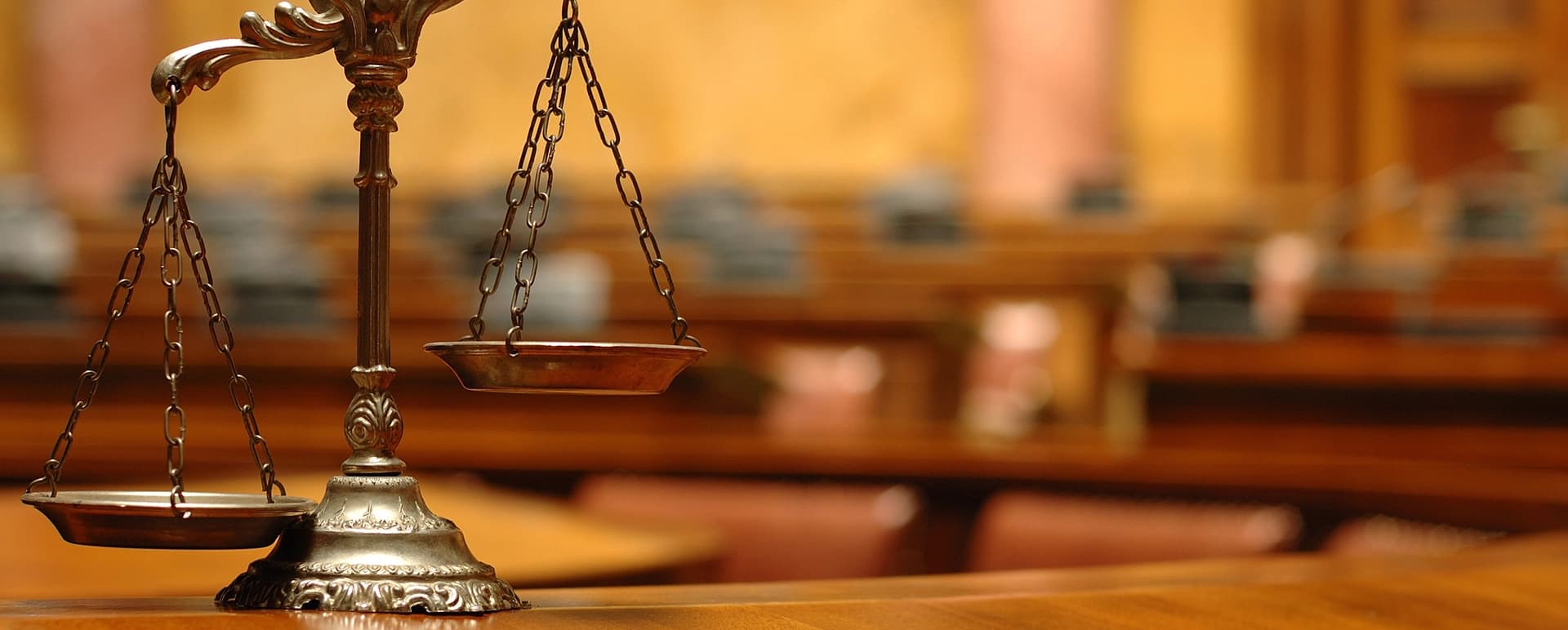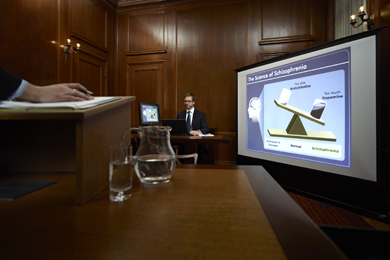Astound the Court: Essential Elements of a Powerful Test Presentation
Important components such as understanding the audience, crafting a compelling narrative, and understanding spoken and non-verbal interaction are vital components of an efficient presentation. As these factors link, they create a cohesive strategy that not only educates however likewise involves jurors on numerous degrees.

Recognizing Your Target Market
Comprehending your target market is a crucial facet of effective trial discussion. An effective discussion hinges on the capability to understand the demographics, values, and proneness of jurors. This understanding educates just how debates are framed, proof exists, and sob stories are crafted, ensuring that the message resonates with the jurors on an individual degree.
Research suggests that jurors come from diverse histories and may have differing degrees of recognizing regarding lawful procedures (trial presentation). Thus, it is vital to prevent lawful jargon that might estrange or puzzle them. Rather, employing clear, relatable language cultivates involvement and understanding. Furthermore, comprehending the jurors' possible biases and life experiences allows the trial speaker to prepare for objections and address issues proactively.
Effective trial discussion also includes observing jurors' reactions during the procedures. Being attuned to non-verbal cues can offer insight into their interaction and receptivity, permitting real-time adjustments in approach. Inevitably, a profound understanding of the audience not only boosts interaction yet additionally builds relationship, increasing the probability of a desirable result. Involving with jurors as individuals as opposed to a cumulative device is essential in promoting a strong link in the court room.

Crafting a Compelling Story
Crafting an engaging narrative is vital in leading jurors via the intricacies of a case. A well-structured story not just streamlines intricate legal ideas but additionally involves jurors on an emotional level, making the info extra relatable and remarkable.
This message ought to reverberate with the jurors' worths and experiences, cultivating a connection that goes beyond plain truths. This chronological method can help jurors adhere to the progression of events, highlighting cause and effect.
Integrating human elements-- such as personal stories or anecdotes-- can further improve the narrative's impact. These components evoke empathy, enabling jurors to imagine the effects of the case on the real worlds. Additionally, utilizing a regular theme throughout the discussion reinforces the major argument, making it simpler for jurors to preserve crucial points.
Eventually, an engaging story changes a trial discussion from a plain address of facts into a persuasive tale that captivates the court, motivating them to ponder with both reason and feeling.
Making Use Of Visual Aids
Integrating visual help into a test discussion can considerably improve jurors' understanding and retention of info. Visual products such as graphes, layouts, pictures, and video clips can change complicated legal principles and proof right into quickly absorbable styles. By engaging several detects, these help permit jurors to imagine the situation's key elements, making it simpler for them to adhere to along and comprehend intricate details.
In addition, well-designed aesthetic help can stress crucial points and emphasize connections in between various items of proof. For example, timelines can properly illustrate the series of occasions, while annotated images can clarify certain details relevant more helpful hints to the instance. This not just aids in understanding but likewise reinforces the story presented by the lawyer.
It is important, nonetheless, to make sure that visual help matter, clear, and expertly presented. Extremely intricate hop over to here or cluttered visuals might overwhelm jurors and interfere with the message. When used judiciously, visual help offer to enhance the dental disagreements and improve the general impact of the trial discussion. Inevitably, effective aesthetic interaction can be an effective device in encouraging jurors and assisting them reach educated verdicts.
Understanding Verbal Interaction
Reliable spoken interaction is crucial in a test presentation, as it serves as the main means via which attorneys communicate their arguments and connect with jurors. Simplicity in language fosters understanding and helps jurors comprehend intricate issues offered during the test.
Moreover, tone and pacing significantly influence how messages are gotten. A certain tone shares authority, while suitable pacing allows jurors to absorb information without feeling bewildered. Attorneys must also vary their singing inflections to highlight vital points and maintain jurors' rate of interest throughout the presentation.
Additionally, the organization of spoken arguments is important. Structuring the narrative practically and coherently aids jurors follow the lawyer's line of thinking, making it much easier for them to preserve critical details. Using influential methods, such as narration, can additionally improve the psychological vibration of the debates presented, therefore developing a much more extensive link with jurors.
Inevitably, grasping spoken communication not just enhances an attorney's case however additionally fosters depend on and relationship with the court, significantly enhancing the possibilities of a favorable decision.

Engaging With Body Language
Nonverbal communication plays a vital duty in test presentations, often sharing messages that words alone can not express. Body movement, incorporating gestures, posture, faces, and eye contact, significantly affects how jurors perceive the trustworthiness and genuineness of the presenter. A positive position, with shoulders back and an open posture, can impart depend on, while closed-off body movement may recommend defensiveness or unpredictability.

Face expressions must mirror the emotions related to the instance, enhancing the narrative being presented. An honest expression during a touching minute can generate empathy and reinforce the psychological appeal. Inevitably, mastering body movement is vital for reliable test presentations, as it boosts verbal interaction and establishes a compelling visibility that reverberates with the jury.
Conclusion
In final thought, mesmerizing the jury necessitates a tactical method that incorporates understanding the target market, crafting a compelling narrative, utilizing visual help, understanding verbal communication, and involving via body movement. Each component plays an essential function useful site in producing an effective test discussion that resonates with jurors on both psychological and intellectual degrees (trial presentation). By integrating these elements properly, lawful experts can substantially boost their capacity to persuade and affect jury decision-making